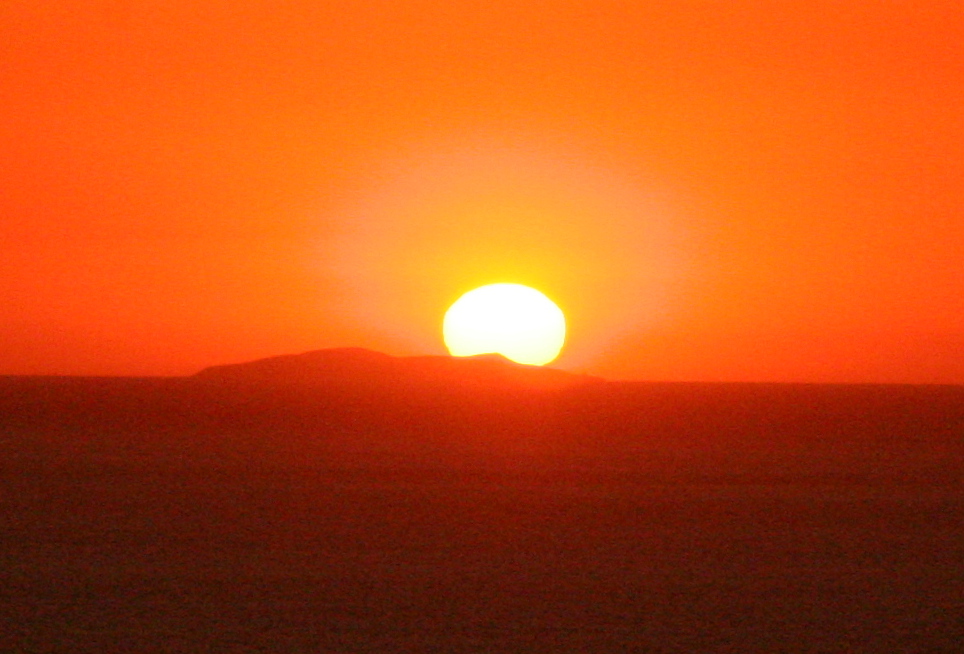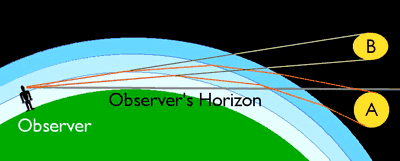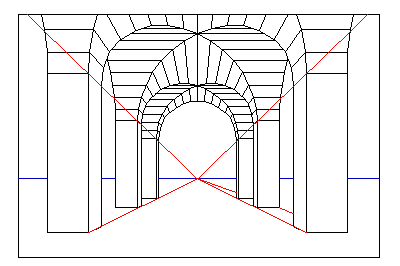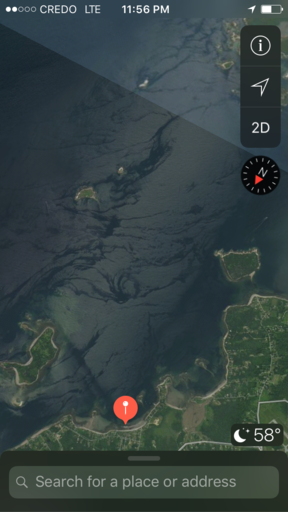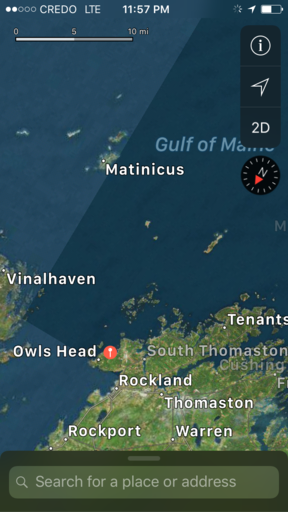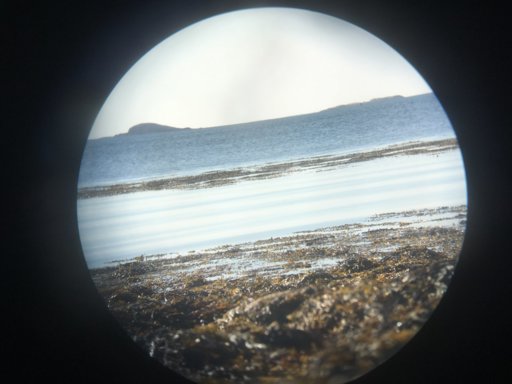jeranism
Closed Account
Mick was just on Joe Rogan and spoke heavily on Flat Earth. One thing he said, was that many flat earth researchers incorrectly report observations of distant points. I agree, many people forget to include the observation height or the height of the observed landmark. However, there are some observations that simply do not make sense on any round earth model and I hope someone can explain to me how these things are seen at such distances.
Observation: Twice a year for sure and many other times as well, from Allauch, France you can observe the peaks of several mountains 160 miles away. The known observation is made from a hill in Allauch that is 800 feet above sea level and the highest peak that can be seen is the peak of Canigou which stands 9,137 feet above sea level. Canigou's location makes it visible from the plains of Roussillon and from Conflent in France, as well from Empordà in Spain.
According to Wkipedia:
My issue: With the curvature calculator found here: https://dizzib.github.io/ you can see that an observer at 1000 feet looking at an item 163 miles away would find that object 10,631 feet below the horizon. This would place the peak of Canigou well over 1000 feet below the horizon however not only it, but other peaks near it are clearly seen. In the videos below you will see several, sometimes 6 or 7 noticeable and very clear distinct mountain peaks. Even peaks 4000 feet high can be seen and this peak should be over a mile below the horizon.Twice a year, in early February and at the end of October, with good weather, the Canigou can be seen at sunset from as far as Marseille, 250 km away, by refraction of light. This phenomenon was observed in 1808 by baron Franz Xaver von Zach from the Notre-Dame de la Garde basilica in Marseille. All year long, it can also be seen, with good weather, from Agde, Port-Camargue and the Montagne Noire.
https://en.wikipedia.org/wiki/Canigou
The Science: I have heard people claim that this is a mirage and or it is refraction. But according to Wikipedia, in optics, refraction is a phenomenon that often occurs when waves travel from a medium with a given refractive index to a medium with another at an oblique angle. This is not actually going on here as we are not changing mediums. This observation (by being a known thing on specific days of the year) and being repeated year after year... tells us it is not a result of a changing refraction issue.
Below please find two videos that show the observation discussed above.
Video 1:
Video 2:
Please explain to me how these peaks are seen on a globe earth.
Last edited by a moderator:

